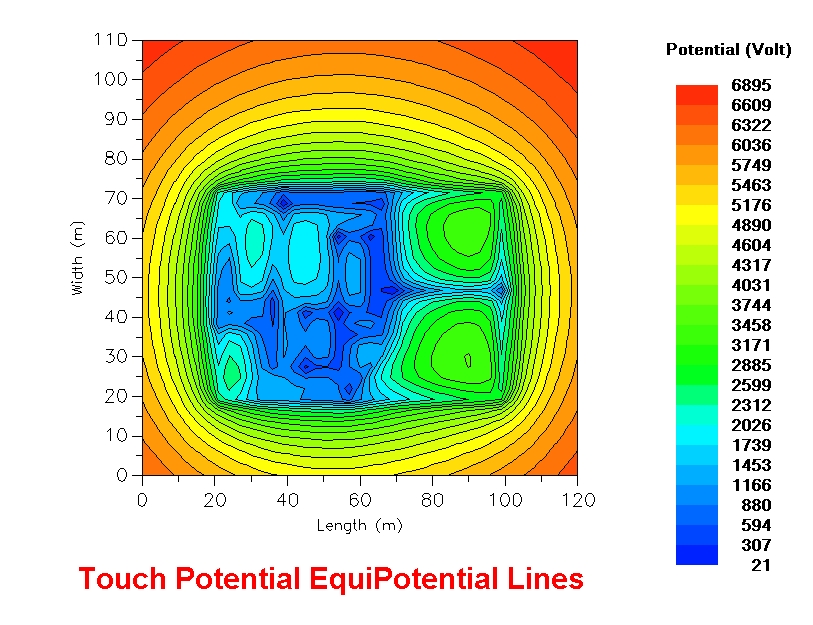
Important TermsĮarth: The connection of an electrical installation through a conductor to another conductor buried in earth. Provides a return path for electrical traction and communication.Īvoid the fire threat in installations. Protect the electrical system and buildings from lightning. In case of fault in one phase the voltage in healthy phase need to be constant. Protection of lives of human and animals and also provide safety to electrical appliance and installations from leakage currents.

The following shows the necessity of earthing By means of earthing these charges can be transferred directly to earth. Charges get accumulated in those metallic parts and a person gets a severe electric shock or even death when he comes in contact with such charged metallic parts. In certain cases the metallic parts of the electrical appliances comes in conduct with the live wire, which may be due to the failure of the electrical installation or cable insulation failure.

The main purpose of grounding is to minimise the unfortunate events like accidents due to electric shock, fire as a result of current leakage through unsought path and ensure the current carrying conductor’s potential does not increase with respect to earth than the designed insulation. At certain cases the neutral point of the power system is connected to the earth for avoiding the danger at the time of discharge of electrical energy.įigure2: Electrical Earthing Schematic diagram Importance of Earthing that do not carry current are connected to an earth electrode or conductor buried in moist earth using a thick metal conductor of low resistance for safety. In earthing the metallic parts of an electrical installation such as metallic casing, stay wire, end terminals of cable armour etc. Electrical Earthing System What is Earthing?Įarthing or grounding is the process of connecting the conductive parts of an electrical installation to the ground or earth.


 0 kommentar(er)
0 kommentar(er)
